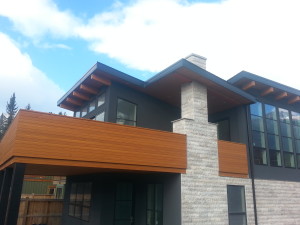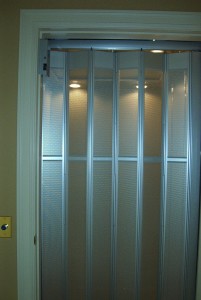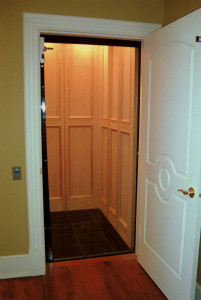People install a residential elevator in new home construction for many reasons. Some folks implement an elevator into their design for luxury, others out of necessity, but the vast majority of people I see do it so they may age in place. Therefore, it is very important to do your research and understand your options. As the saying goes, “if you fail to plan, you plan to fail.”
This statement certainly applies to your aging-in-place elevator. You must consider several factors to ensure that your home elevator will meet your needs today and in the future.

The first thing to consider is car or platform size. I have heard numerous times,” we don’t need the elevator to fit a wheelchair” my answer is always, “we hope for the best but plan for the worst” If you are going to the expense of adding an elevator to your home, we need to consider wheelchair accessibility. My experience working with home medical companies tells me that we need a minimum platform size of 40″ x 54″. Many standard platforms are 48″ long; please try to resist using the smallest available platform.

Next, we must decide on the aforementioned gates or elevator doors. As you travel in your home elevator, we need to ensure that you cannot come into contact with the hoistway that houses the device. While all mechanisms will accomplish this, they vary in ease of use, aesthetics, and cost. An automatic elevator door is probably the most aesthetically pleasing/safest and is very easy to use (it automatically opens and closes), but it is by far the most costly option.
Next in the cost category would be an accordion gate. You won’t break the bank by adding gates to your residential elevator car, but we recommend adding a power gate operator for ease of use. As an added safety factor, a light screen is added to the exterior of the accordion gate to ensure that nothing or no one can be trapped between the door and the gate. This factor is also addressed with the ¾ x 4 rule. A light screen alone, however, is not acceptable.

The best way to consider all these points is to consult a professional. Many elevator companies will offer no-cost or obligation consultations. They should be able to address your needs and answer your questions before you pay a deposit or make a commitment. Don’t base your elevator design on the back of a brochure or a generic drawing. Remember, site-specific drawings will ensure that your elevator will meet your needs today and allow you to age in place.
For more information on a residential elevator, call us today.
Did you like this article? Share it!
